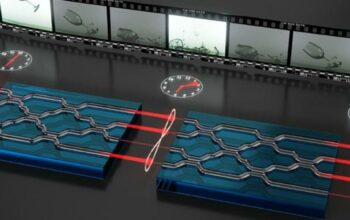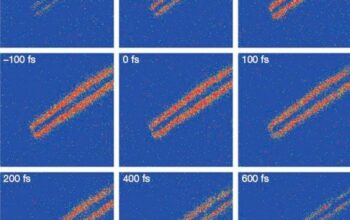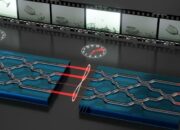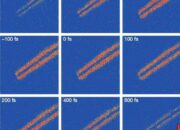In the realm of nanotechnology and material science, the interplay between molecular configurations and magnetic properties presents a fascinating field of inquiry. Among the most compelling subjects of research are Buckyballs, scientifically known as fullerene C60, and their interactions with various metals, particularly copper. This article elucidates the intrinsic properties of Buckyballs, their magnetic characteristics, and the ways in which they engage with copper to create significant magnetic phenomena.
Fullerenes, the family of carbon molecules typified by C60, exhibit unique geometrical and electronic characteristics. Resembling a soccer ball or a truncated icosahedron, Buckyballs contain 60 carbon atoms arranged in a spherical form. This structure endows them with remarkable stability and resilience against chemical degradation. Beyond mere structural aesthetics, their unique electronic properties facilitate intriguing interactions with other elements, such as metals.
The magnetic properties of Buckyballs are particularly noteworthy. Within the fullerene family, C60 is predominantly known to be non-magnetic in its pure state. However, the incorporation of different atoms or the modulation of its electronic configuration can bestow magnetic characteristics upon these molecules. The magnetic behavior exhibited by hybridized complexes can lead to applications in magnetic resonance imaging (MRI), drug delivery systems, and even quantum computing.
Copper, a quintessential transitional metal, is celebrated for its outstanding electrical conductivity and malleability. Its atomic simplicity, characterized by a single electron in its outermost shell, renders copper an exceptional candidate for interactions with various nanoscale materials. When copper is introduced within the proximity of Buckyballs, intriguing magnetic coexistence occurs, manifesting a spectrum of attractive and repulsive forces due to the subtle interplay of their quantum states.
A pivotal aspect of the interaction between Buckyballs and copper lies in the formation of composite nanomaterials. These materials leverage both the conductive properties of copper and the structural stability of fullerenes. The resultant composites possess enhanced characteristics, which may include increased magnetic susceptibility, greater structural integrity, and improved thermal stability. As a result, numerous applications emerge, such as in the development of advanced superconductors.
Several methodologies exist for the synthesis of fullerene-copper hybrid materials. For instance, chemical vapor deposition (CVD) techniques enable the introduction of copper atoms into the fullerene lattice. This process often results in the formation of charge transfer complexes, whereby electrons are transferred between the fullerene and copper, leading to a modification of the magnetic properties of the resultant compound.
In a similar vein, surface functionalization methods can be employed to enhance the interaction between copper and Buckyballs. By chemically modifying the fullerene surface with various ligands, one can control the bonding interactions at the atomic level, leading to specific magnetic behaviors conducive to desired applications. Such functionalization not only enhances the compatibility of Buckyballs with copper but also fine-tunes their magnetic characteristics to align with particular requirements in technology.
The exploration of Buckyball-copper interactions finds significant implications in the realm of spintronics—a field predicated on the manipulation of the intrinsic spin of electrons for the development of next-generation electronic devices. In engineered setups, the magnetic coupling between copper and fullerene can lead to spin-polarized currents, a phenomenon that could potentially revolutionize data storage and processing capabilities. Researchers are investigating how these unique interactions can improve performance metrics such as speed, efficiency, and data retention in electronic devices.
It is essential to acknowledge that the fascination with Buckyballs and their magnetic affinity toward copper extends into bioapplications. The biocompatibility of fullerenes makes them viable candidates for drug delivery systems or therapeutic agents. When combined with copper, the resulting hybrids may exhibit properties that enhance cellular uptake or targeted treatment capabilities in cancer therapy, paving the way for innovative medical solutions.
Moreover, understanding the magnetic interactions between Buckyballs and copper adds depth to the broader discussion of emerging nanotechnologies. As the need for sustainable energy solutions grows, exploring how these materials behave under varying environmental conditions—including temperature fluctuations and electromagnetic fields—becomes critical. Insights gleaned from such studies can inform the development of advanced energy storage systems, contributing to a sustainable future.
In conclusion, the magnetic interactions between Buckyballs and copper hold transformative potential across diverse fields ranging from electronics to biomedical applications. The unique structural and electronic properties of fullerenes allow for enhanced magnetic characteristics when combined with transitional metals. As ongoing research delves deeper into the mechanisms governing these interactions, the realm of possibilities continues to expand. The intersection of materials science, nanotechnology, and quantum mechanics heralds exciting advancements that may redefine existing paradigms and unlock new technological realms.










